Cloisonné and champlevé are both beautiful enamelwork techniques involving vitreous enamel glass powders being positioned on metal pieces to make detailed designs. The two techniques are sort of like dimensional versions of a paint-by-number. Both create areas where the powder can be contained to make up the design.
Cloisonné involves a fine metal wire being soldered onto a a metal piece to create “cloissons” or partitions. The enamel powers are added between the lines and the piece is fired to melt the glass to fill the space. This might need to happen multiple times until the piece is flat.
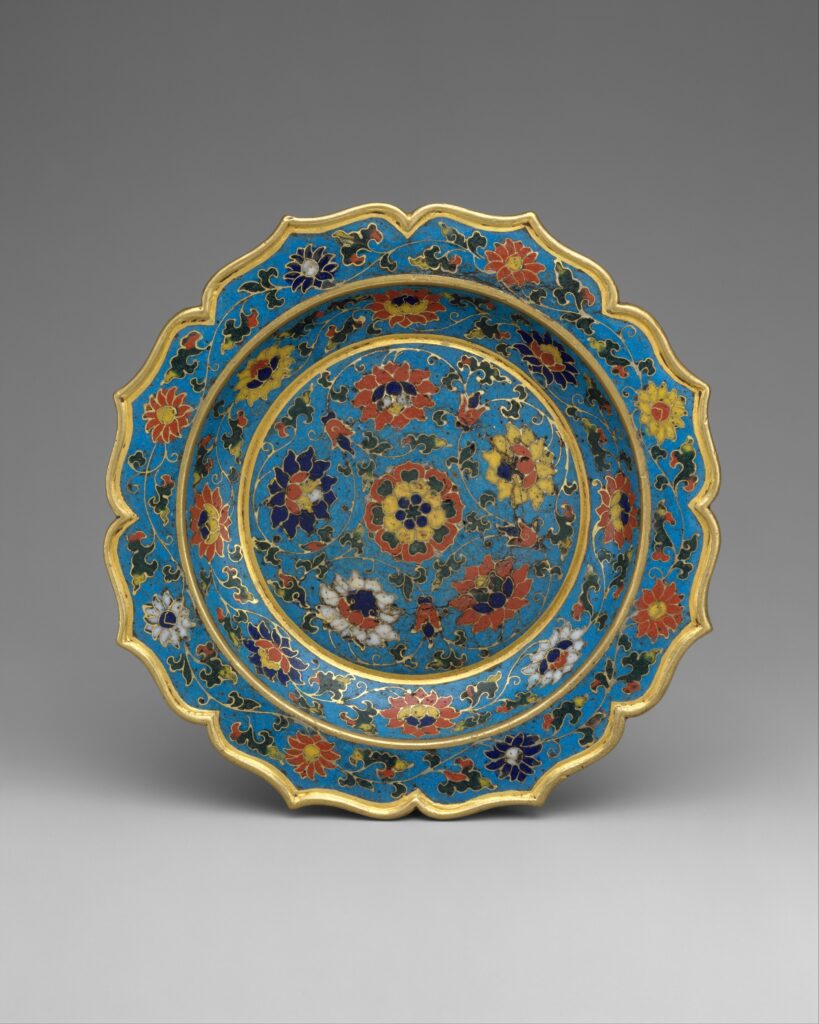
Champlevé starts life as a single piece of metal that is carved, stamped or cast to create depressions that can be filled with enamel powder. After it’s fired, the piece is buffed and polished to create a smooth surface.
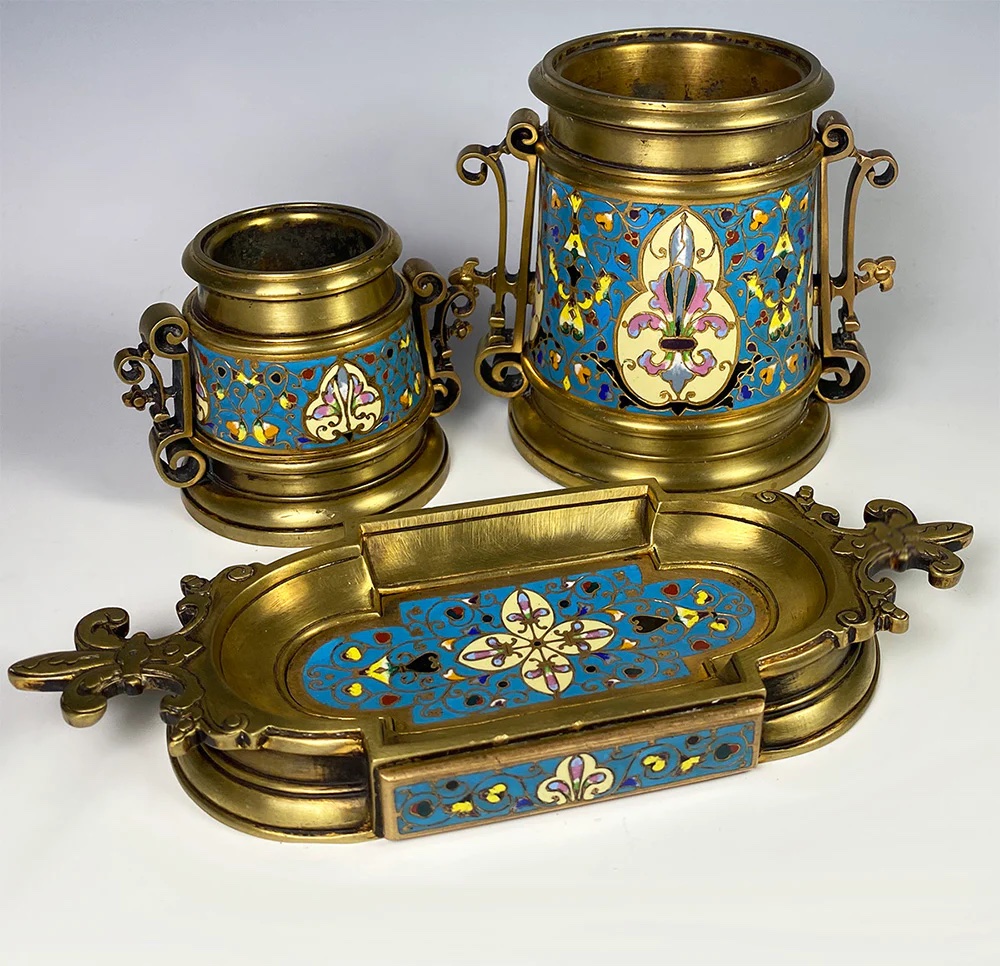
Intrigued by cloisonné and champlevé beyond collecting it?
Introductory how-to from Interweave here.
Champlevé process at Tiffany and Co. from the Metropolitan Museum of Art.

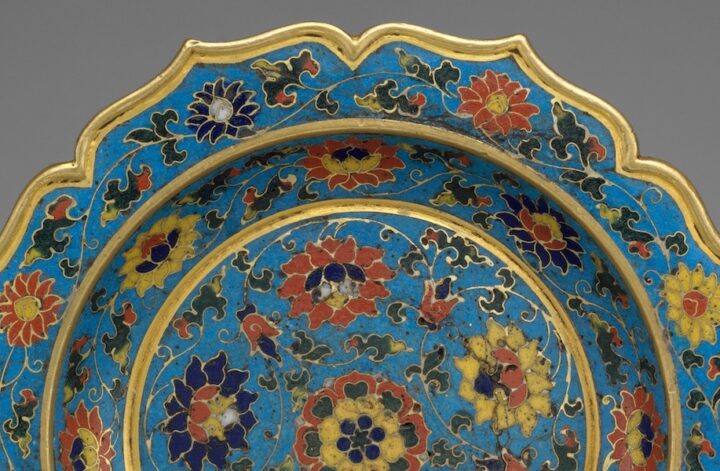

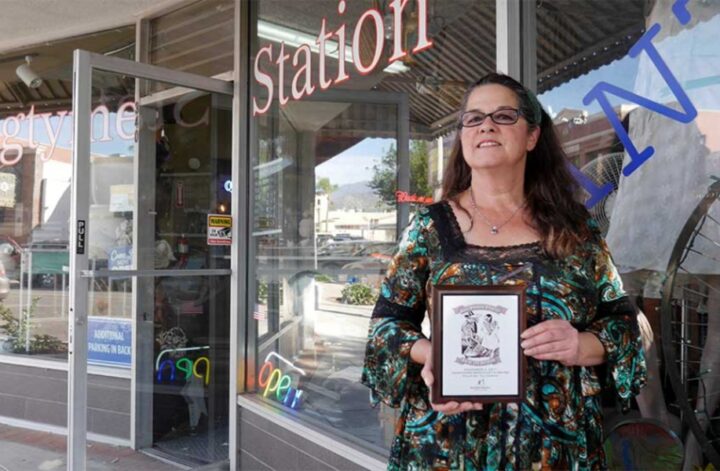
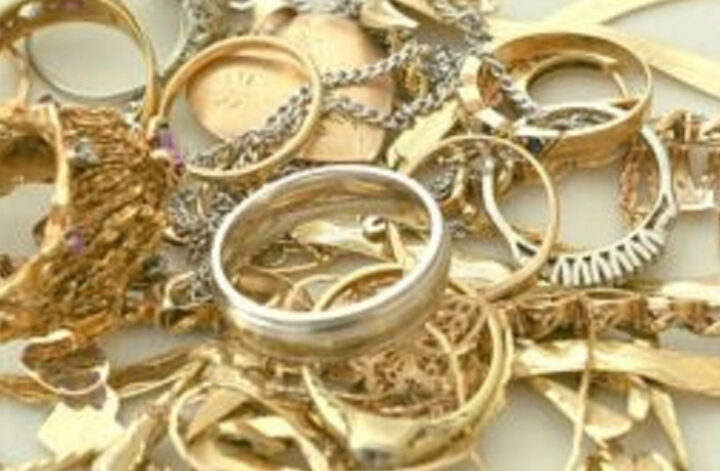
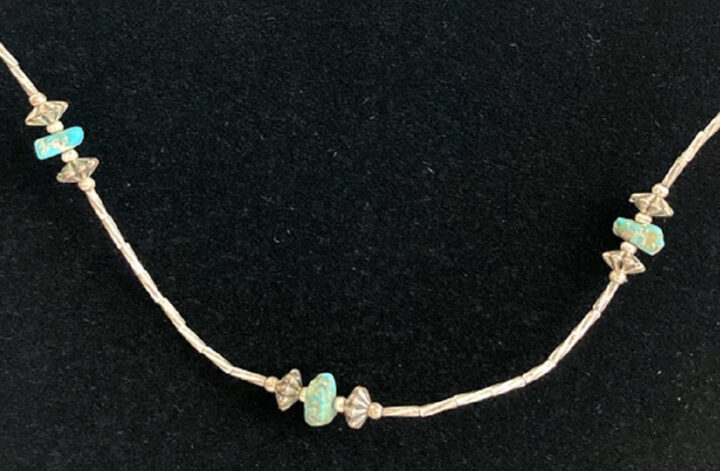
3 comments
Hello! I just identified a Chinese champleve enamel floor lamp given to me by my grandmother and I am curious about a market price. I was told it was made in the first part of the 20th century for Western decorators. It is incomplete, as there are no lamps…just the three pieces that fit together to make it over 5 feet tall. The base metal is polished brass, and the base piece is a Chinese foo dog/lion. If you have time or interest I’d be happy to send pictures. I’d love a ballpark estimate.
It sounds like you have a lovely piece. We can’t give you a fair market estimate of value, regrettably. We aren’t appraisers, and value is determined by lots of factors including condition and even geographic location. Things that we have oodles of here in New England are worth more in California, where they are more scarce, for example.
A good option is to make an appointment with an auctioneer or antique dealer who has more familiarity with your local market. Doing a little online sleuthing for similar pieces can also be educational. Good luck!
I have a vintage vase lamp that is ceramic or porcelain that looks like it’s from 1890-1920. It is hand-painted with raised edges made to look like cloisonne. The background paint is copper. I can’t find another one like it anywhere online. Not new or old. Any help would be appreciated. It is driving me crazy! Lol!